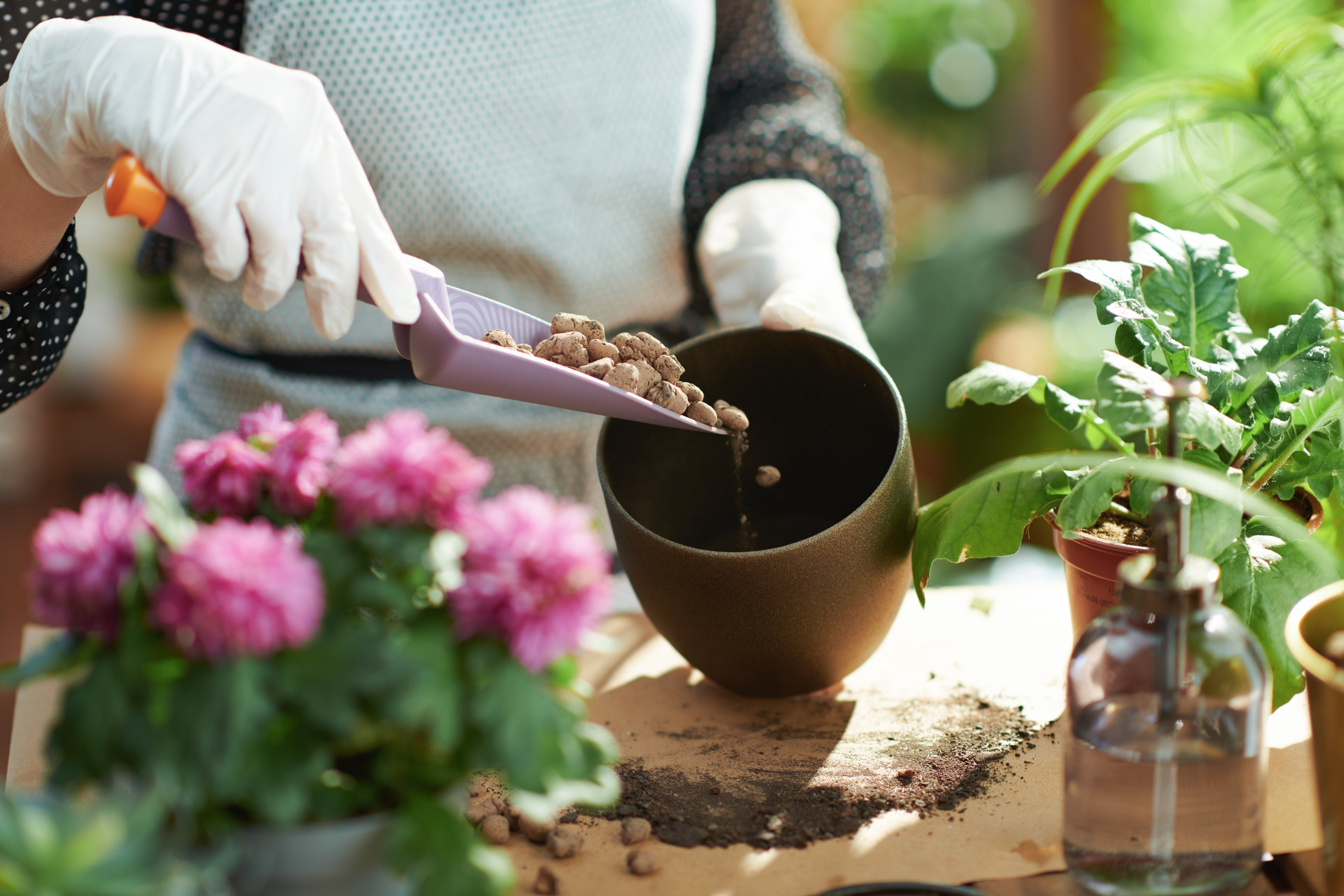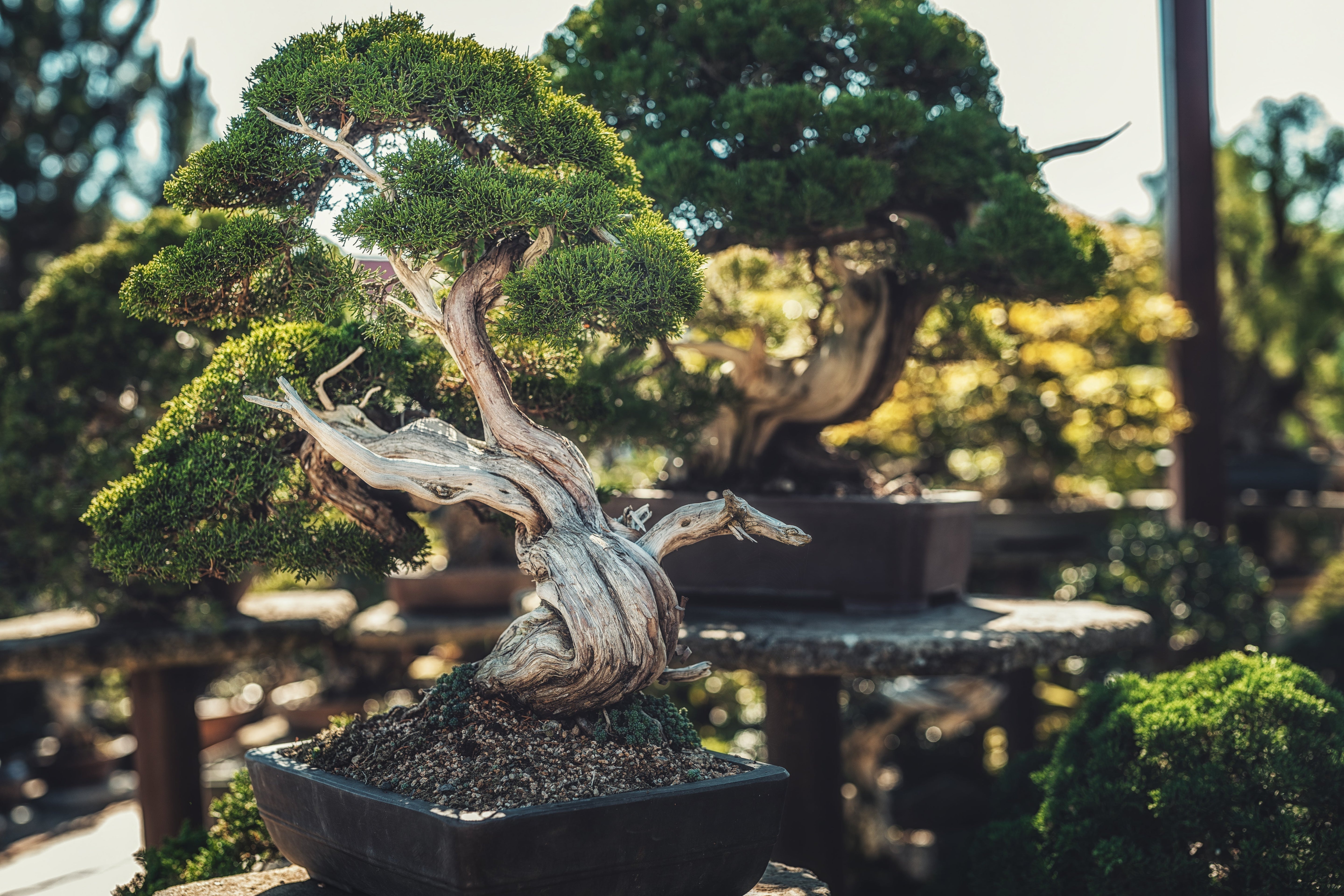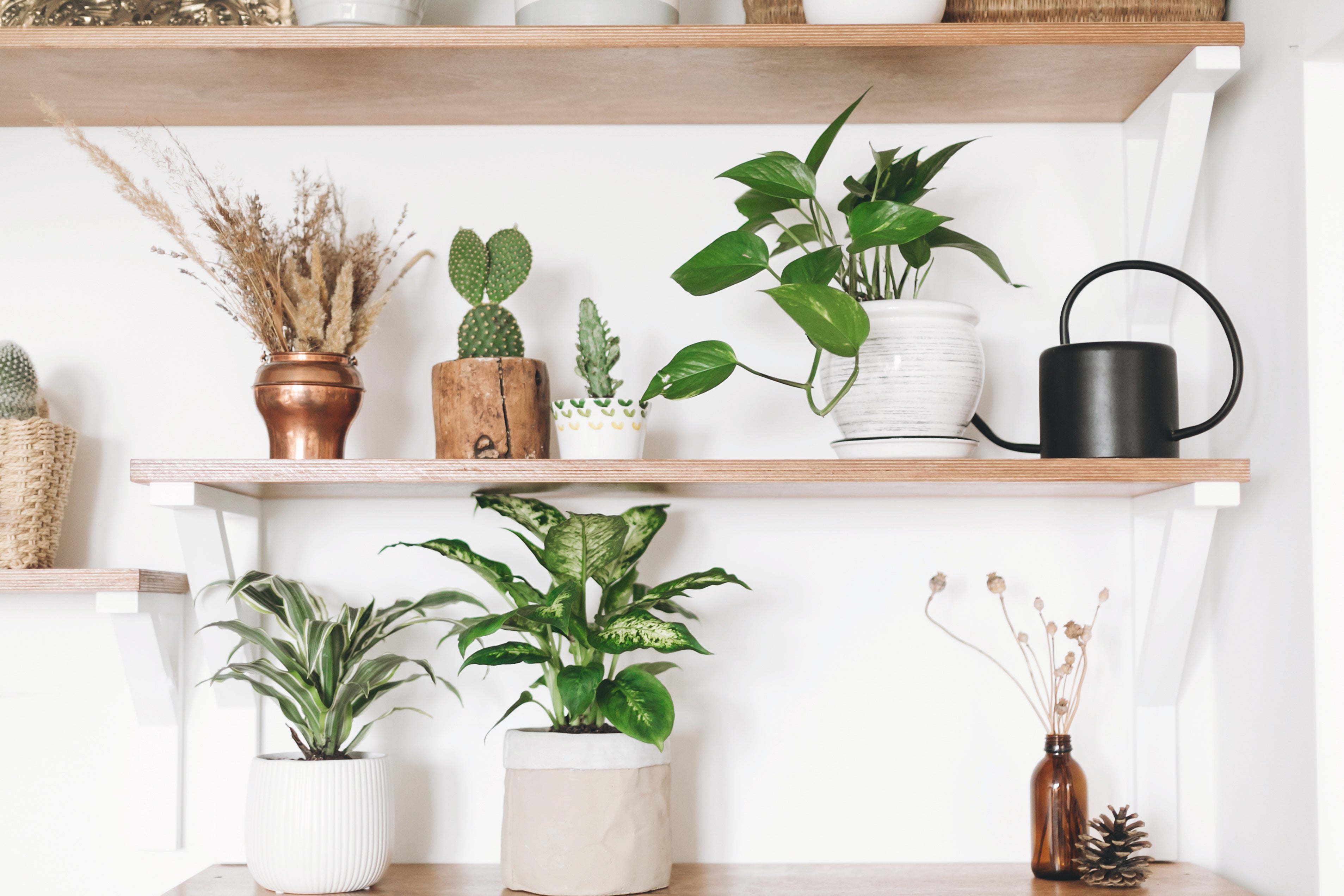
Basic Bonsai Growing Method -Watering
Bonsai will die if they are not watered.
The most important thing in growing bonsai is watering.
So how should we water it?
Generally speaking, it is said that “when the surface of the soil is dry, give plenty of water”.
In reality, however, it is difficult to judge when the soil is dry unless you have some experience.
And if moss or decorative sand is laid on the surface, it is difficult to tell how dry it is.
Watering when dry refers to the optimal timing of watering; one wrong move and the bonsai will dry out completely.
It is impossible for a working person to always keep an eye on the bonsai's condition.
In this area, bonsai is perceived as a very difficult thing.
So, let's give them “frequency” according to the season, at a “fixed time” and for a “fixed length of time”.
It doesn't matter if it is not dry.
Worried about root rot? Don't worry.
No matter how much water you give, if the water drainage is good, the roots will not rot.
Once a day in spring and fall
Twice a day in summer
In winter, once every two days.
Use the number of times listed above as a guideline.
Once you have decided on the frequency and time of watering, give it plenty of water until the water flows out of the bottom of the pot. If you do not have a good sense of time, give water for a longer period of time.
The soil used for bonsai is hard red ball soil, which drains well and does not allow water to penetrate easily, so it must be watered over time for the water to soak in.
Therefore, please water as much as you think is too long.
If the shower is vigorous at that time, the sand in the pot will spill out from the force of the shower, so give the water gently by flicking and shaking the shower from a high point.
*Mist spraying is not a good idea because the force is not strong enough and the water does not penetrate sufficiently to the bottom of the roots.

The roots will weaken if the surface of the pot is waterlogged or if a saucer is used and the pot becomes soggy with water.
Avoid water in the saucer, and if water does not drain well, poke the pot to the bottom with a bamboo skewer to allow the water to drain away.
Also, watch the drainage carefully when watering to make sure that the roots are not clogged.
Watering not only replenishes water, but also replaces gas and air in the soil with fresh ones as water flows out from the bottom of the pot.
Watering once and then again a few moments later will ensure that the water is absorbed into the soil.
How do you like it? I have written about the basic watering method, I hope this was helpful.
By the way, as for recommended bonsai pots, I recommend a deep pot for beginners.
The deeper the pot, the easier it is for water to stay in the soil, so it will not dry out quickly even if it is left in there for a long time.
Working people will be away from their bonsai for many hours a day, so watering a deep pot generously once in the morning will keep it through the night.
If you are used to bonsai or have more time to care for your bonsai, you may want to use a shallow bonsai pot for a more bonsai-like experience.
The shallow bottom of the pot will allow the soil to dry out more quickly, so you will need to water more frequently.


Leave a comment
This site is protected by hCaptcha and the hCaptcha Privacy Policy and Terms of Service apply.